 Go to English Version
Go to English VersionI hold vivid the memory of the spring of 2020, when the pandemic, near-total isolation, and the severe quarantines imposed by the government left me trapped in a suffocating mental standstill. My partner at the time managed to stay in my apartment on weekends. Among the few sources of solace that reached us within that suspended atmosphere created by the city’s restrictions were the videos of the Chinese YouTuber Li Ziqi (李子柒). The young woman—now celebrated worldwide—lived with her grandmother in Pingwu, Sichuan province, and began filming exquisitely crafted videos in which she reenacted ancestral rural tasks, deliberately omitting the shortcuts and conveniences that centuries of civilization had granted humanity. In one of them, she gathers leaves, flowers, bark, and peels grown in her surroundings, and through boiling or maceration transforms them into natural dyes, showing how water, time, and patience turn nature into color. For reasons tied to the passage of time, to the ability to attune to its rhythm, and of course to the intrinsic beauty of handwork, those scenes filled us with peace.

In a very different context, with another state of mind and five more years worn by the world’s clamor, I attended the opening of Tending Stems, by Devan Horton, at the Clifton Cultural Arts Center on August 22. Recipient of the 2024 New Woman Fellowship of the same institution, Horton also offers an intimate reconnection with what is essential—capable of evoking that increasingly rare state of spiritual contemplation and peace. The body of work exhibited on this occasion was created entirely with botanical dyes and handmade pigments. The domestic and artisanal gesture is seamlessly woven into a contemporary discourse on memory, care, and resilience.
Deeply rooted in family traditions of gardening and cooking, her practice explores the intergenerational relationships among plants, people, and place. Recurring motifs of onions, walnuts, and grapes—foods laden with both personal and cultural resonance—serve as axes for a reflection on nourishment, endurance, and connection. Through her thoughtful engagement with natural materials, Horton invites us to consider the extent to which we are inseparable from our environment, and how the act of tending—to the land, to one another, to memory—can be both labor and love.
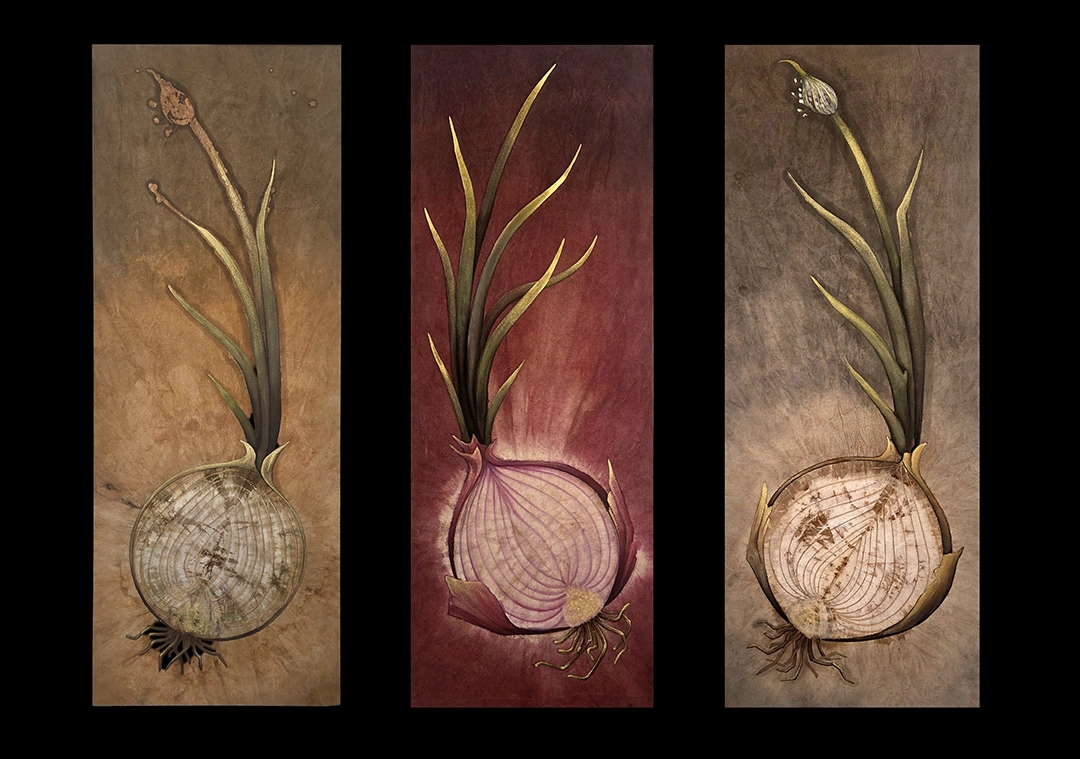
With this series, Devan presents a decisive turn in her practice: abandoning oil paint and conventional materials in favor of botanical dyes and handmade pigments. This decision emerged from a process initiated in 2020 with her series Penchant, which denounced excessive consumption and our estrangement from nature. Paradoxically, those works led her to question the very materials she used and to embark on a search for a more sustainable practice. Her current project draws both on her experience with batik and tie-dye workshops and on a persistent inclination toward creative exploration, connecting directly with childhood memories and family heritage. For that reason, she does not seek to represent disconnection from nature, but rather to redirect, through physical work—through her own body—the return to nature’s timeless essence: tending her garden, paying tribute to family memory through seeds inherited from her grandparents.
The use of everyday vegetal elements—onions, grapes, walnuts, among others—bears for her a double condition: they are deeply personal and, at the same time, universal, for they symbolize life, sustenance, and generational transmission across cultures.

Tending Stems opens a window onto a deeply intimate and personal experience, which has nonetheless been common to all human generations since the dawn of agriculture. It touches upon shared fibers of collective history, yet remains centered on process. So much so that, on the upper floor, we are shown pigment-making methods, experiments with mica residues, and accessible recipes such as paint derived from onion skins. This emphasis on materiality also underscores the need to understand the raw substances that nature offers us and to honor their presence. Thus Devan displays the flax she herself has cultivated, acknowledging it as a material in its own right, and as a tribute to a medium so common in the visual arts that it has become practically invisible.
This experience, this beautiful story will remain open until September 19. But before that, on the 6th, an intimate interlude will unfold: a workshop in which Devan will show us how to transform leaves, fruits, and roots into the vivid colors of art.
Clifton Cultural Arts Center
www.cliftonculturalarts.org
3412 Clifton Ave
Cincinnati, OH 45220
Mon | Wed | Fri: 10 AM – 5 PM
Tues | Thurs: 10 AM – 8 PM
Sat: 10 AM – 12 PM




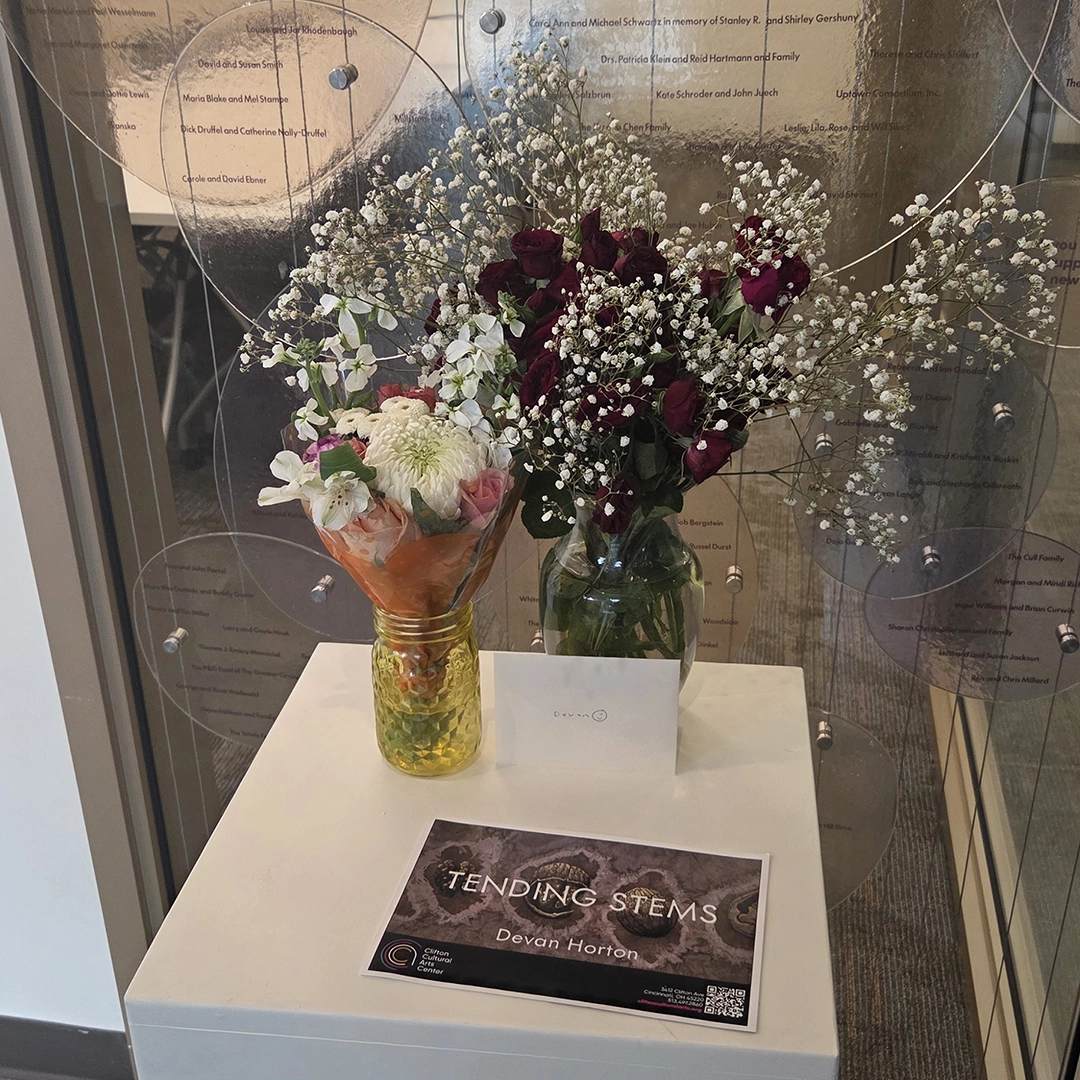


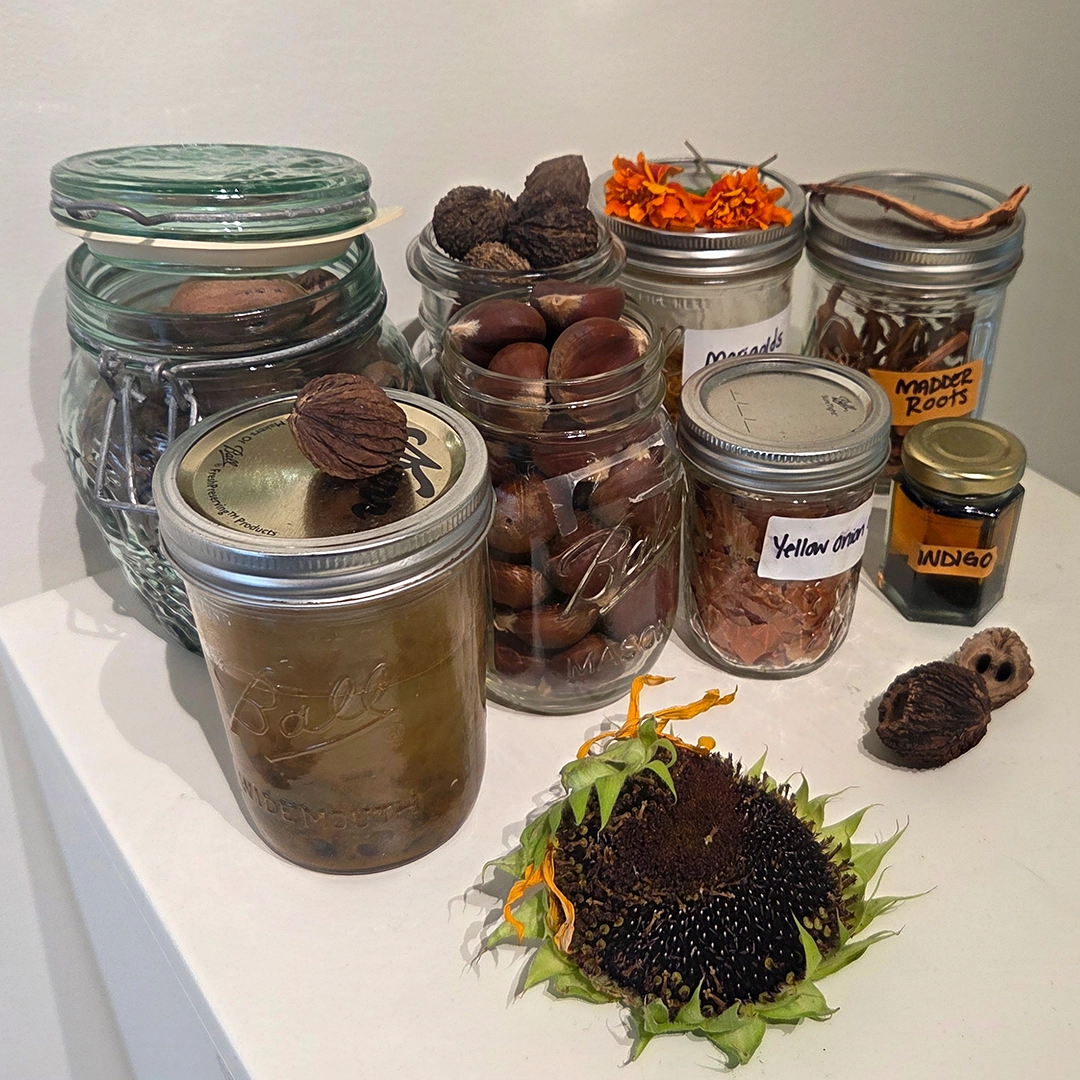
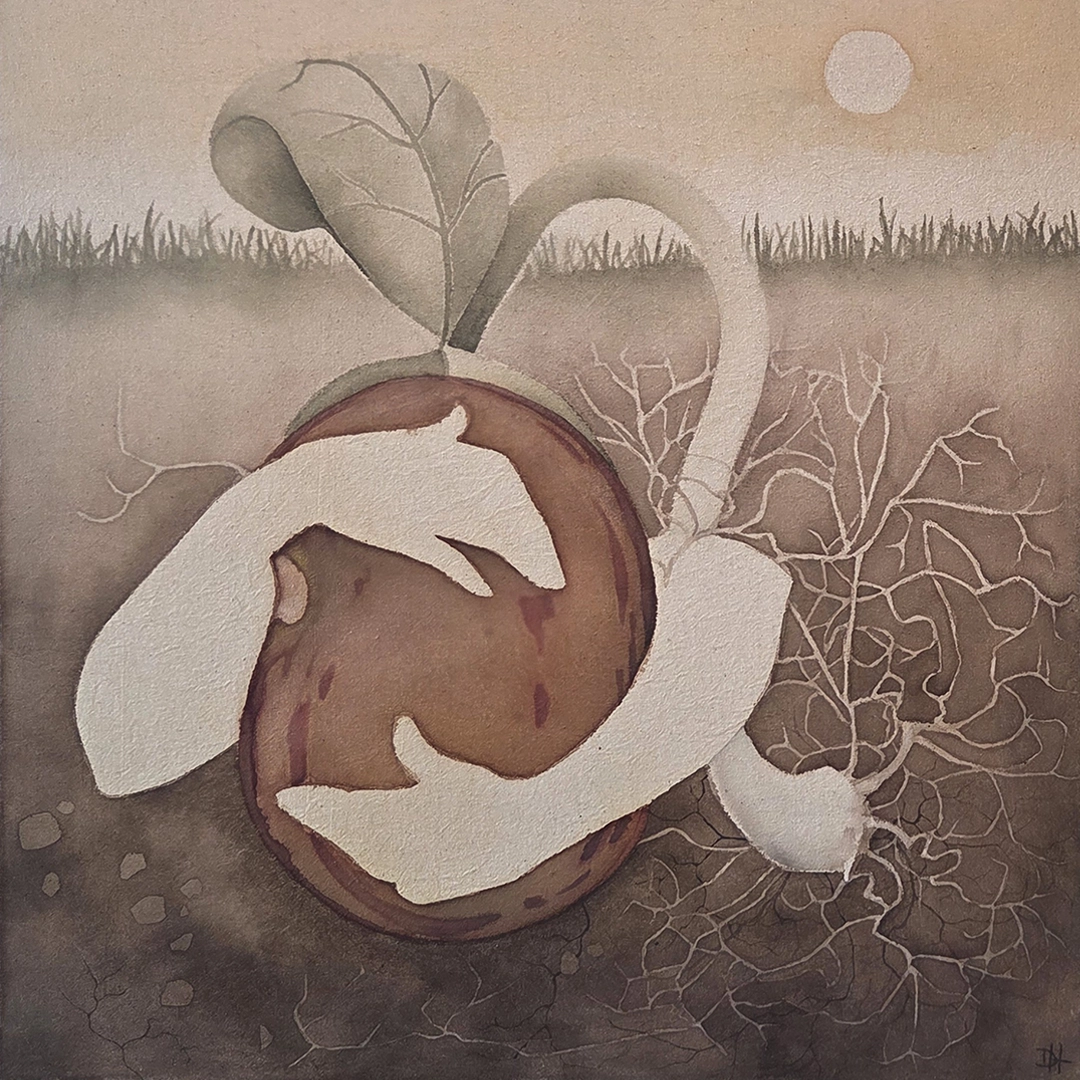
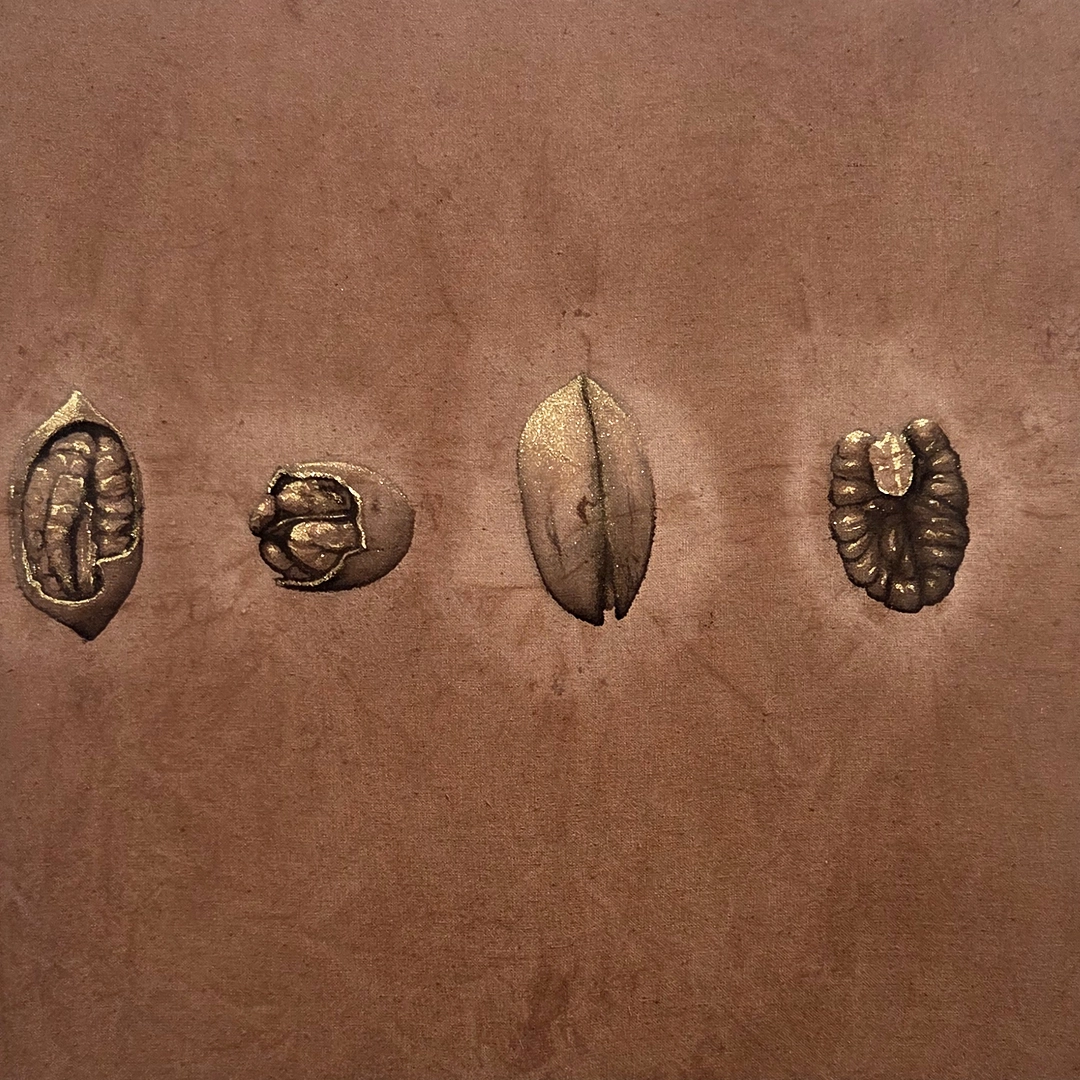
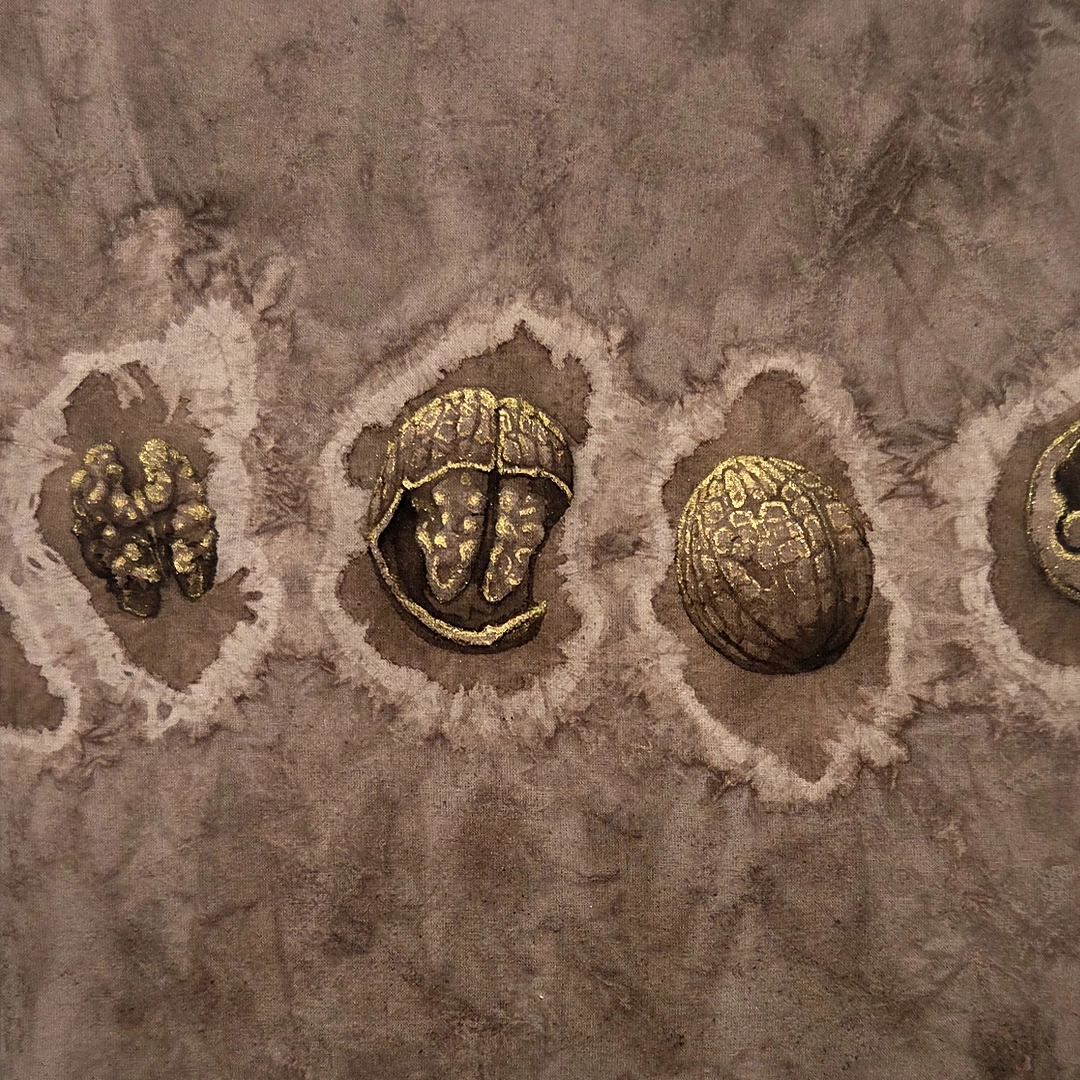
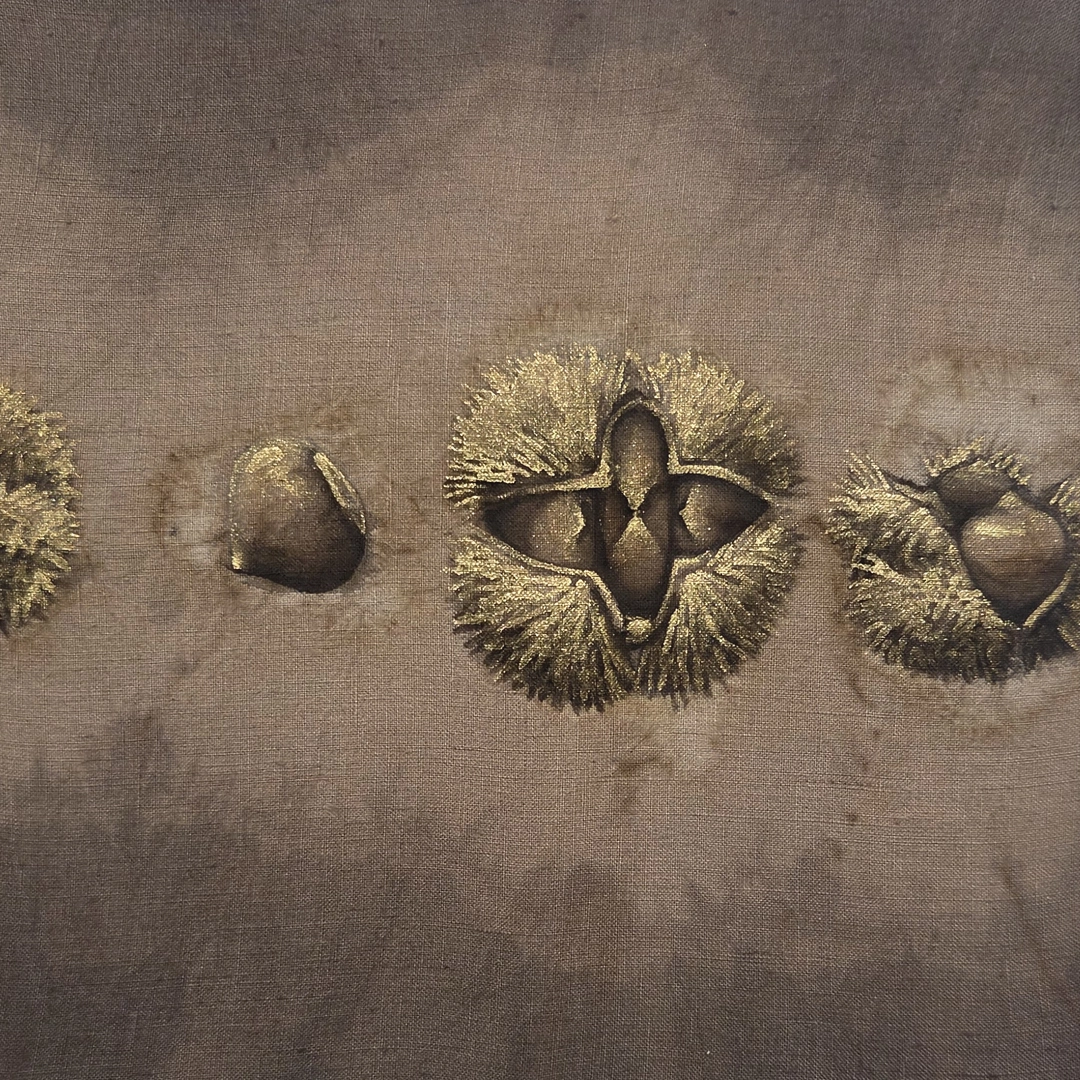
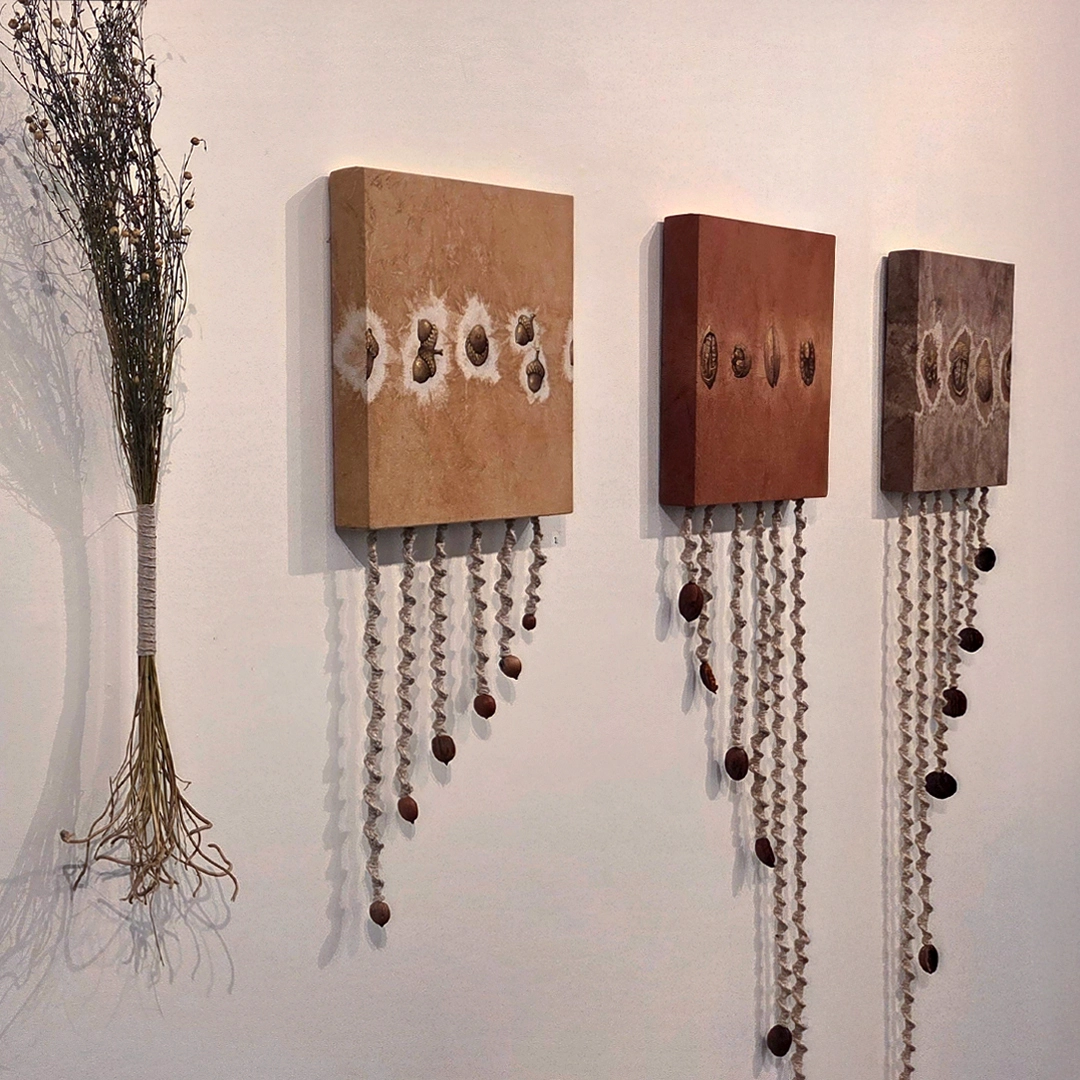
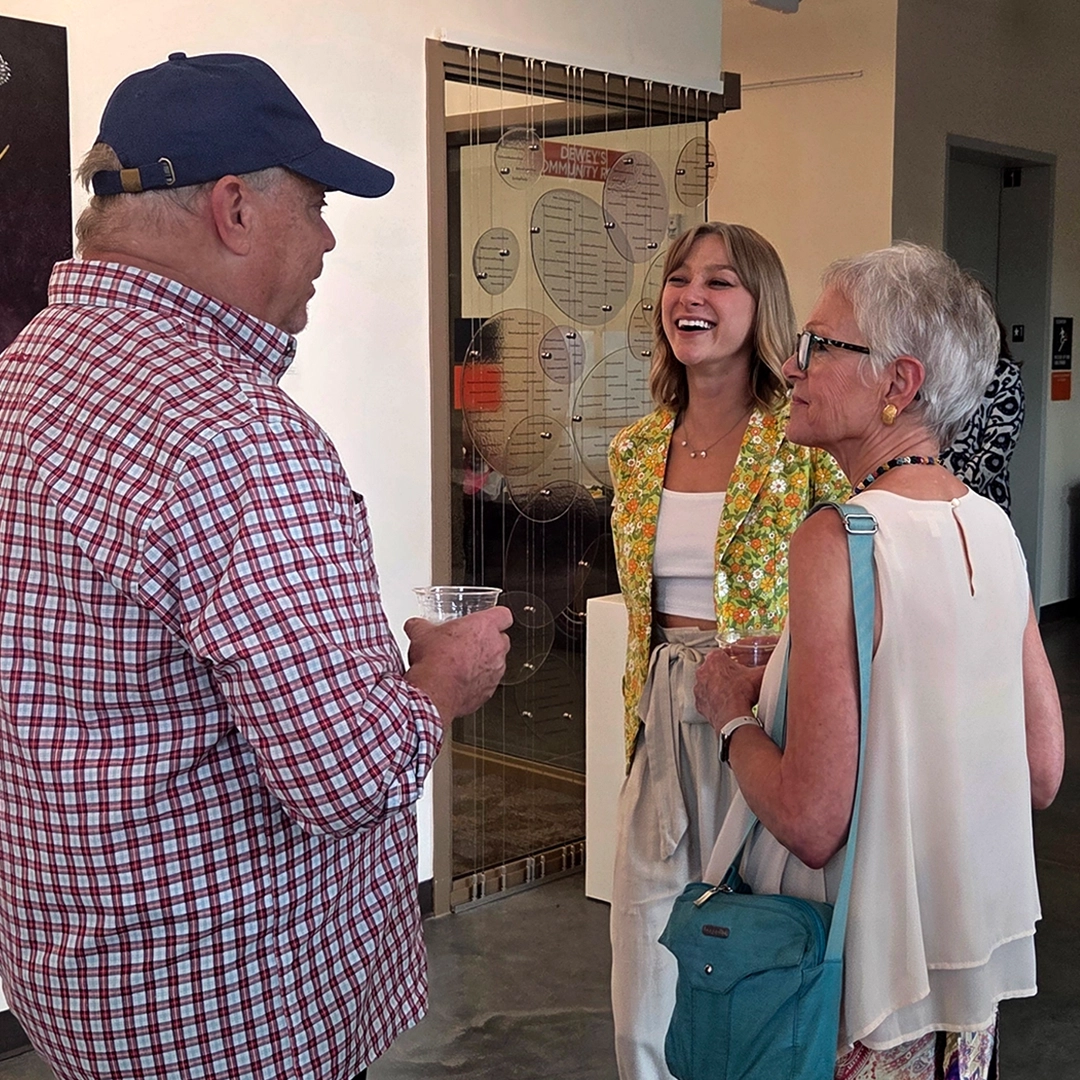
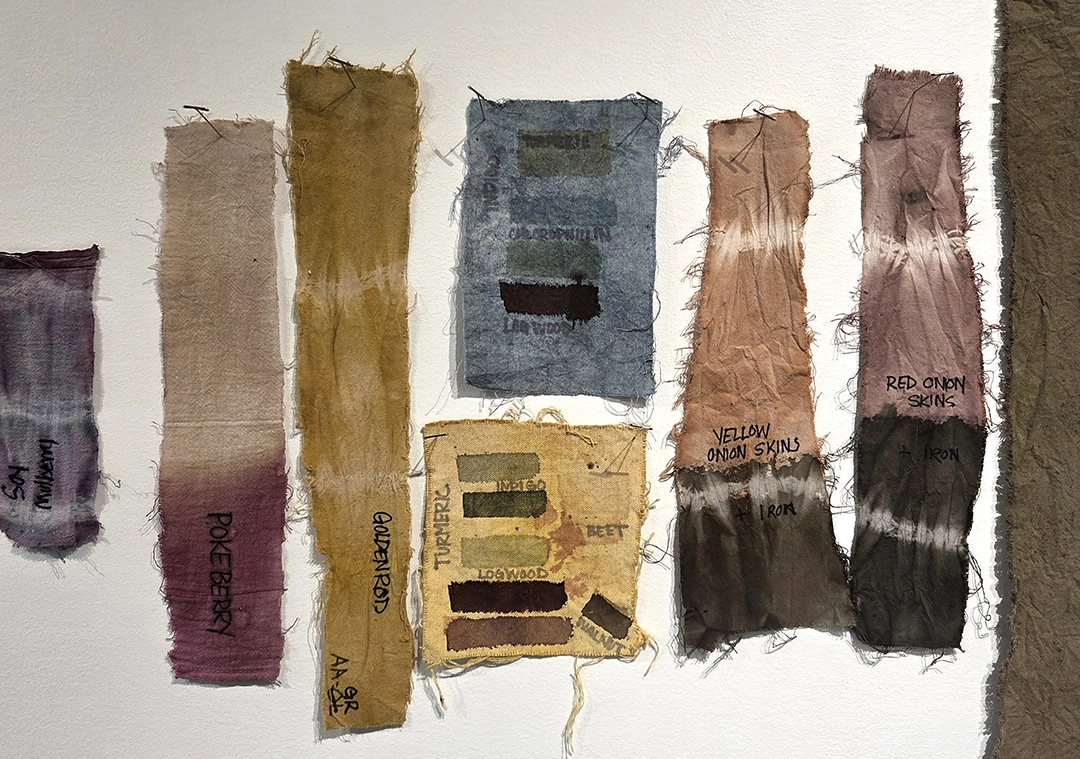





Comments powered by Talkyard.